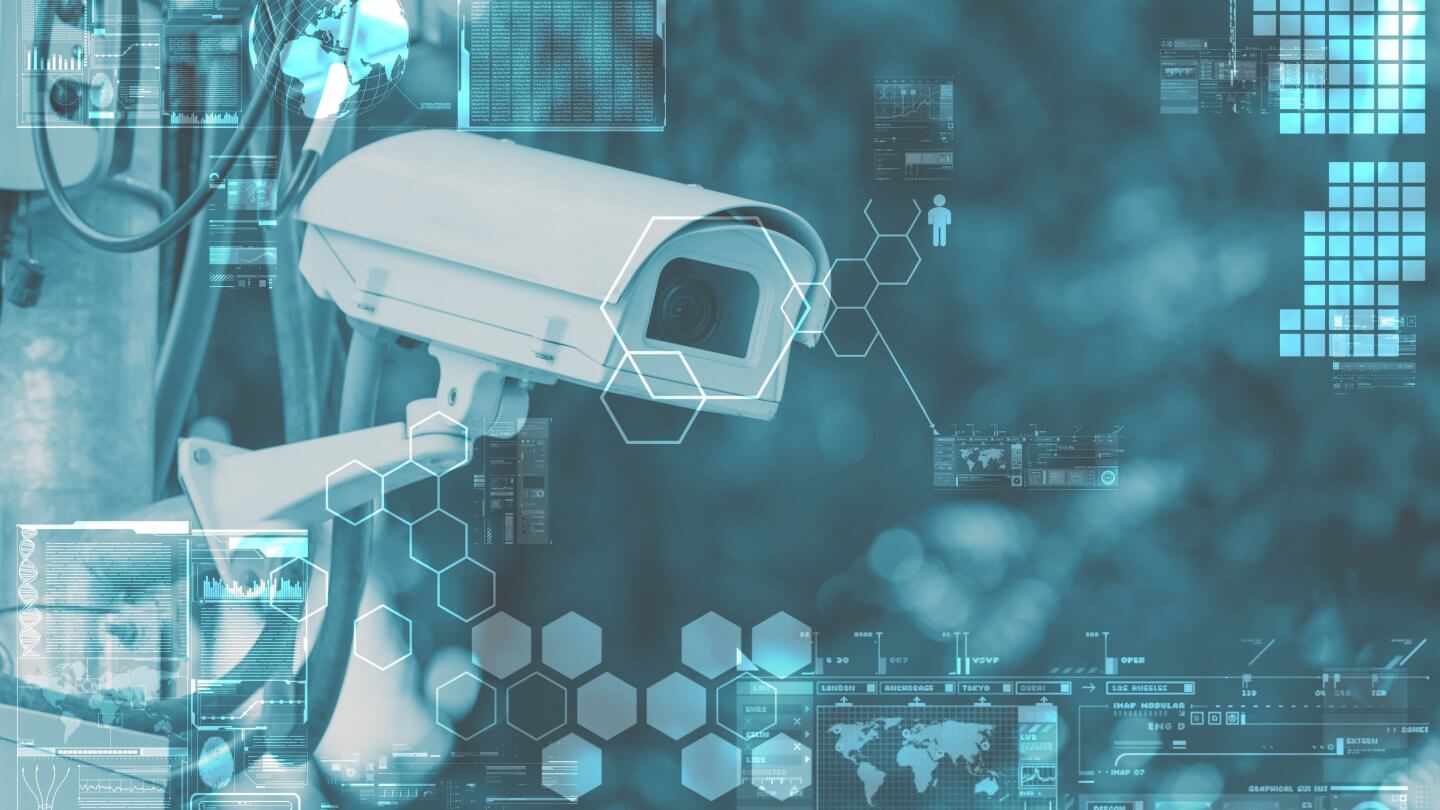A clear picture of how video systems can scale with hyperconvergence
In many commercial scenarios, the reasons for installing digital video cameras are rising. There is an increasing number of activities that fall under tight control by legislation or local governance, and sometimes, organizations have no choice but to emplace digital surveillance systems.
At the edges of that type of mandatory use cases, there are many instances where companies can save significantly on insurance costs if there is CCTV or similar on or around the premises.
Plus, “traditional” CCTV can help prevent crime or provide remote monitoring of facilities.
As the technology develops, new use cases are emerging, too, like automating time and motion studies to produce more efficient — and often safer — working practices. And while technologies like facial recognition remain highly controversial, variants of this type of practice will undoubtedly emerge.
If your business or organization is already using (or thinking about using) digital video cameras, CCTV, or another video capture solution, there are a few technical issues to the underpinning technology that need to be considered.
Naturally, when most IT people think of the latest video capture systems, their first thoughts concern the storage vs. compression balance. Transcoding algorithms can produce small footprint archives but at the cost of needing significant compute resources. Conversely, less- or uncompressed video needs more disk space and can be costly to access or copy remotely: edge installations capturing footage may not be best placed to send or provide access to large video files.
The nature of hardware is such that — until now, at least — once systems are emplaced, they are pretty much permanent; and that’s often not ideal. Take two examples:
A sports stadium’s use of CCTV to better control crowds is used for perhaps 50 hours a week. Its capabilities (and expensive infrastructure) lie dormant for the rest of the time. Even cameras covering parking lots (to help protect workers at shift changes, for example) are pretty much useful for only a few hours a day.
In both cases, there will have been a compromise made between footage quality and resources available.
However, with the latest hyperconvergent infrastructure, video systems’ requirements can be scaled according to need in real time. At peak times, convergent systems’ controllers can allocate extra compute, storage, or network bandwidth, and the capture devices (the cameras) can be allowed to run at 4k resolution if required.
Those resources can be reallocated to other applications or services when not needed. Yet, video capture can continue if required, albeit at a lower resolution, lower fps (frames per second), or archived for less time.
Technology systems powering this elastic scalability are no longer just the territory of the high-end data center or the huge multinational. Today’s hyperconvergence appliances are simple to install and maintain. In practical terms, a StarWind HyperConverged Appliance for Video unit on each site where digital video capture is required is all that is necessary. From a single point of control, operators can allocate computing power, storage, and connectivity as is needed, drawing together resources from anywhere across the extended network.
The combination of having resources available to local CCTV systems, plus the option to use those resources or move them somewhere more pressing, makes for the best balance between footage quality and cost.
Even for a single site, hyperconvergent solutions work. Hard drive space, connectivity speeds, and compute power can be dedicated to video capture and processing when required yet reallocated to database searches or encryption (for example) if and when needed. Cameras will continue to work but perhaps capture at a lower resolution when systems are otherwise deployed.
In this way, organizations get all the benefits that video systems bring, but without having to over-specify hardware (and therefore overspend) or compromise on grainy, jittering footage that perhaps doesn’t provide the information needed.
Like the costs of hyperconverged infrastructure solutions, the setup and configuration overheads have plummeted in recent years. StarWind has made a name for itself in this space as a vendor that not only offers 24/7 support from real people on a phone line, but the company also sets up, configures, and maintains every appliance that’s installed — as part of the purchase price. This unique offering makes significant differences in the type of places where hyperconvergence is installed. From simple, one-site CCTV installations right up to global networks of interconnected video monitoring, the hyperconvergent revolution changes the way companies and organizations are procuring hardware and software.
To learn more about StarWind’s hardware, software, and world-beating support, get in touch to get your customized offer, created just for your requirements.









